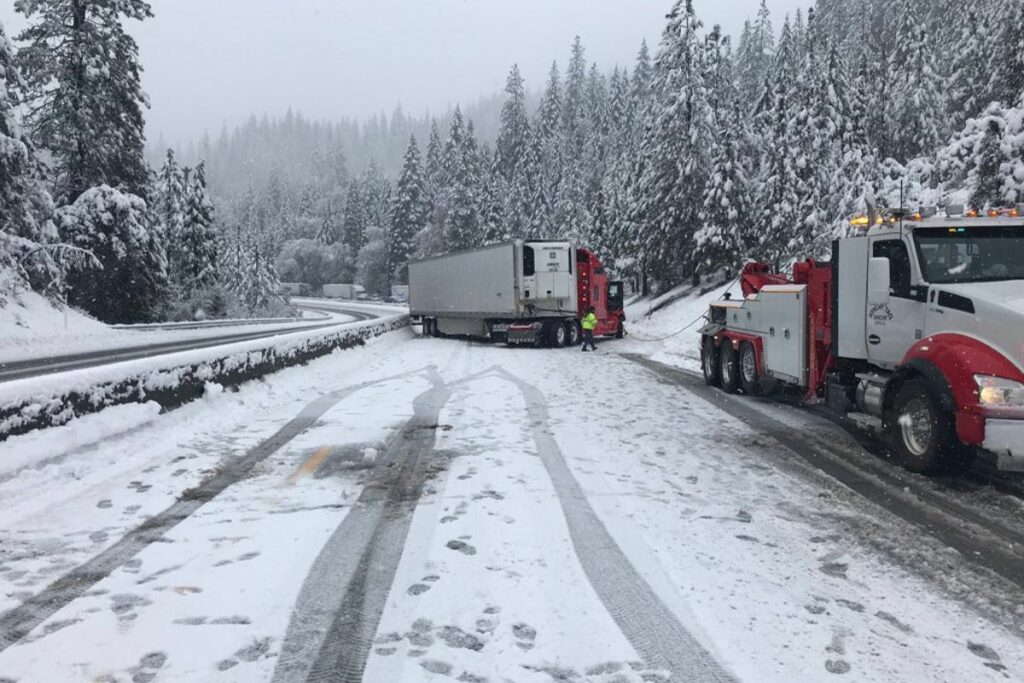Scientists are worried that the odd leak in a 600-mile-long Pacific fault line might cause an earthquake.
Scientists fear an earthquake might be triggered by a peculiar leak discovered in a 600-mile-long fault line in the Pacific. The Daily Mail reports that the expert was concerned that the earthquake may destroy several communities in the Pacific Northwest.
The news site claims the crater, which is located 50 miles off the Oregon coast and spouting boiling liquid, is active. Cascadia Subduction Zone, which stretches from Northern California to Western Canada, has a dip, and the hole in the issue is located on its outer limit. California, a state in the United States, is notorious for its frequent earthquakes.
According to experts, the geological fissure might cause a 9.0 or greater earthquake. Although the hole was discovered in 2015, it wasn’t until recently that researchers at the University of Washington (UW) proposed the term “fault lubricant” to describe the liquid expelled by the crater.
Scientists have found that the tectonic plates may move with relative ease thanks to this liquid. However, without this fluid, tension may build up, resulting in a destructive and dangerous earthquake.
“It seems equally hallucinatory to find a spring of low-salinity, high-temperature, mineral-rich water flowing from the seafloor 3,280 feet below the surface off the coast of Oregon,” the researchers said on April 10.
What is the Hole’s Name?
The University of Washington scientists were so intrigued by the odd crater that they named it. The crew honored a legendary Greek seer by calling the breach Pythias Oasis. In ancient Greece, a hot spring’s venting fumes were employed to aid the oracle in making predictions.

The 2015 photographs of the growing bubbles were obtained by sonar, and a robotic diver discovered the hole. Washington University assistant professor and co-author Evan Solomon claimed, “That’s something that I’ve never seen and, to my knowledge, has not been observed before.”
The latest updates on everything happening at Oregon State:
- Oregon Takes on Climate Change: $4M Grant to Address Pollution and Emissions.
- Oregon Lawmakers Want to Destroy Pumpkin Ridge and the Reserve Golf Courses
The Cascadia megathrust is the source of the liquid, which was found to be 16 degrees Fahrenheit warmer than the surrounding saltwater in a recent measurement.
“Loss of fluid from the offshore megathrust interface through these strike-slip faults is important because it lowers the fluid pressure between the sediment particles and hence increases the friction between the oceanic and continental plates,” the statement reads.





